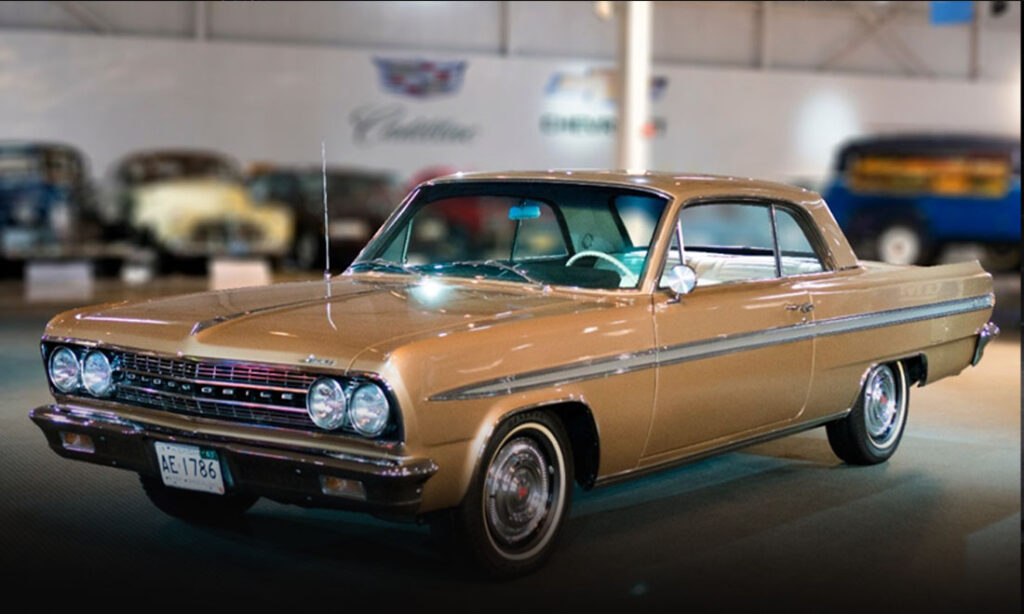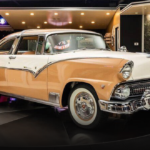Toyota has been making some of the most reliable cars in the world for decades now. What’s the secret to their success?
Making Cars that Last
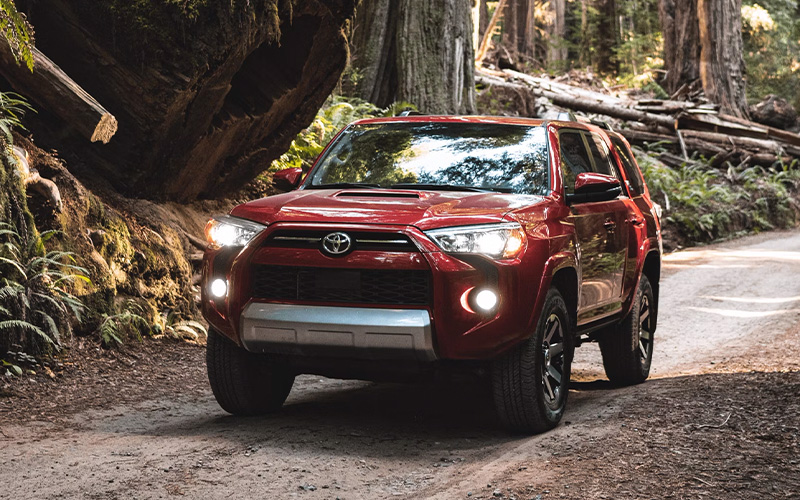
Toyota has built itself a reputation for producing the most reliable vehicles in the automotive industry. The testimonials of your friends, neighbors, and know-it-all former mechanic uncles (is that you Scotty?) all point in the direction of Toyota when it comes to finding a dependable vehicle. But anecdotes only get us so far.
It turns out even the experts over at Consumer Reports agree that Toyota and their luxury arm, Lexus, do indeed produce the most reliable vehicles around. Their 2023 Reliability Report put Toyota and Lexus in the top two spots among major carmakers (the rest of the top ten is rounded out by Mini, Honda, Acura, Subaru, Mazda, Porsche, BMW, and Kia). Toyota’s most reliable vehicle according to Consumer Reports? The Toyota 4Runner. And as for Lexus, Consumer Reports recommends their compact crossovers, the NX and UX.
So, why are Toyotas so reliable? In a word: process. To get a different result, Toyota literally does things differently from other carmakers. In fact, they’ve been doing things differently since before the company was making cars or was even called Toyota.
Automation, With a Human Touch
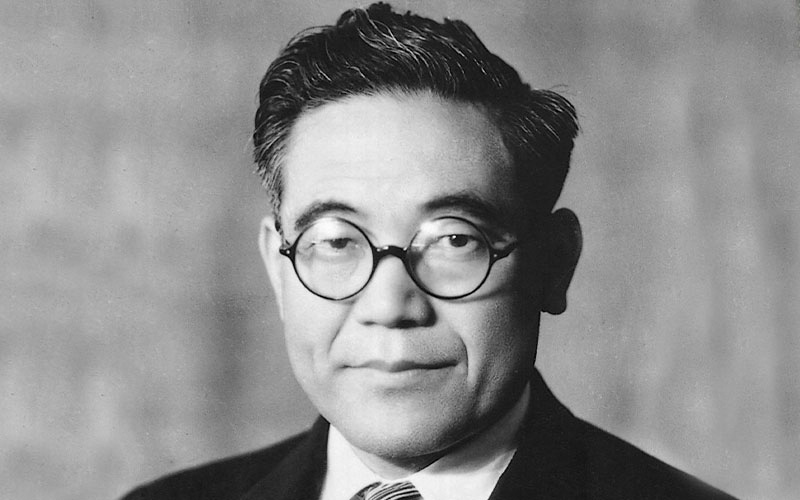
How Toyota became the company it is today traces back to Kiichiro Toyoda and his father, Sakichi owner of Toyoda Loom Works. It was at his father’s company that Kiichiro first got the idea of creating an automotive branch of Toyoda Industries in 1933. It was Kiichiro’s father Sakichi who first developed the idea of jidoka, which translates as “automation with a human touch,” but boils down to industrial processes and automation that quickly identify problems, stop production, and allow time for appropriate fixes to be implemented.
Toyota’s Innovative Inventory Management
As Kiichiro grew his fledgling automotive division into Toyota Motor Company in 1937, it was his father’s approach to manufacturing that he emulated and built upon. Kiichiro pioneered a new process known as the “just-in-time” method of manufacturing. Just-in-time was an innovative approach to inventory management that sought efficiency by having only what’s needed when it’s needed instead of managing large parts inventories. Operating with limited inventories reduces complications and overhead but requires careful planning, attention, and a thorough understanding of processes to execute successfully.
Toyota’s Small Changes for Big Results

The combination of jidoka and just-in-time eventually became the pillars of the Toyota Production System codified under the leadership of Eiji Toyoda (Kiichiro’s cousin and successor) and Taiichi Ohno. The pair further developed Toyota’s unique approach to manufacturing under the broad concept of kaizen.
Kaizen is a manufacturing and business philosophy that centers on the idea of making small, incremental improvements to achieve large goals. This entails a go-slow approach, one that encourages and develops employee engagement, cultivating respect for every worker by soliciting their input and honoring their expertise, and seeking efficiencies and the elimination of waste through awareness and careful planning.
Kaizen, just-in-time, and the Toyota Production System have gone on to influence today’s lean management ideas and Agile software development, becoming standard operating procedures in many industries across the globe. They’ve also been integral to Toyota’s ability to ensure quality, and therefore reliability, in its vehicles.
The Toyota Way Philosophies
Today, business students learn about these ideas under the umbrella of “The Toyota Way” coined by Dr. Jeffery Liker in his book of the same name. Therein, Liker outlines 14 core principles that encompass The Toyota Way. Below are some of those ideas and how they contribute to Toyota’s vaunted reliability.
Go and See Management

Genchi Genbutsu translates to “real location, real thing” or effectively, go and see yourself. This idea goes back to Kiichiro Toyoda himself, working out the kinks on Toyota’s first vehicles, the AA and G1. When customers have trouble with the G1 truck, Kiichiro himself would go out with his mechanics to address the issue. This approach has filtered down through to today as Toyota managers seek out problems at their source, whether that be in pre-production engineering or on the production line.
Leveraging Mistakes
There are two distinct but related Toyota Way principles that directly address how mistakes are dealt with. The first is poka-yoke or mistake proofing; in other words, refining a process to eliminate human error. The next is hansei or learning from mistakes. Politicians never waste a crisis and Toyota never wastes the instructive opportunities afforded by a mistake. Getting something wrong is seen as a chance to improve processes and therefore quality, going forward. (Starting to grok the kaizen concept, yet?)
Leveling Out Workload

Heijunka is an approach to workload and the speed of manufacturing that reduces burnout and ensures quality by slowing things down and spreading work out over time. It translates to leveling. Where most production lines will stop a few dozen times a week, Toyota’s line can be stopped dozens of times a day. Any worker can stop the line to immediately address an issue or simply stretch and give workers a break. In heijunka, Toyota seeks to have the job done right, even if that means sacrificing speed.
Seeking Input and Forging Consensus
Nemawashi is the Japanese approach to decision making that solicits the input of stakeholders, often on a one-on-one basis, and seeks consensus before implementing changes. It translates to “going around the roots.” Here again, speed is of secondary importance.
Pull System Inventory Strategy
The Pull System is the core of just-in-time production wherein goods are furnished only when the system deems them needed, addressing a lack rather than anticipating one.
Long-Termism

Toyota approaches their operations with eyes on long term success. This manifests itself on both an operational level and a strategic level. For example, a few years ago, when the rest of the automotive industry was clamoring to build and market EVs, Toyota took the contrarian approach of focusing its energies and assets on hybrid vehicles, adjudging the market/infrastructure as not ready for a wholesale conversion. Today, Toyota’s long-term approach to electrification, of leaning into the bridge technology of hybrids, is proving wise as hybrids are skyrocketing in popularity while EV sales stagnate.
People First Approach
Recall that any worker can stop the line when they identify an issue. Even within a typically hierarchal structure, Toyota seeks out the knowledge and expertise of workers at every level of the company. The idea is: who better to know what’s working and what’s not on the factory floor than the people that are there every day? Rather than wait for employees to stuff their ideas into the black hole of a suggestion box, Toyota actively solicits solutions from floor workers.
Translating Philosophy into Quality
The conceptual framework of jidoka, kaizen, and the Toyota Way wouldn’t mean much if they didn’t directly affect operations and deliver results. Here are some of the ways these ideas are implemented at Toyota.
Hand-Built Quality
Toyota is the only major automotive manufacturer to hand build their components prior to full scale, automated fabrication. Engineers build and test pre-production examples from hand-built parts to ensure cohesion and pinpoint any issues.
Parts Sharing
The final piece of the Toyota reliability puzzle comes down to parts sharing. Like all large carmakers have for decades, Toyota vehicles share a few basic platforms from which multiple vehicles are built. Toyota doesn’t offer the same levels of customization or trim variation as, say, Jeep does. Limiting the number of components and refining them ensures Toyota’s high quality across their lineup.
Over-Engineering
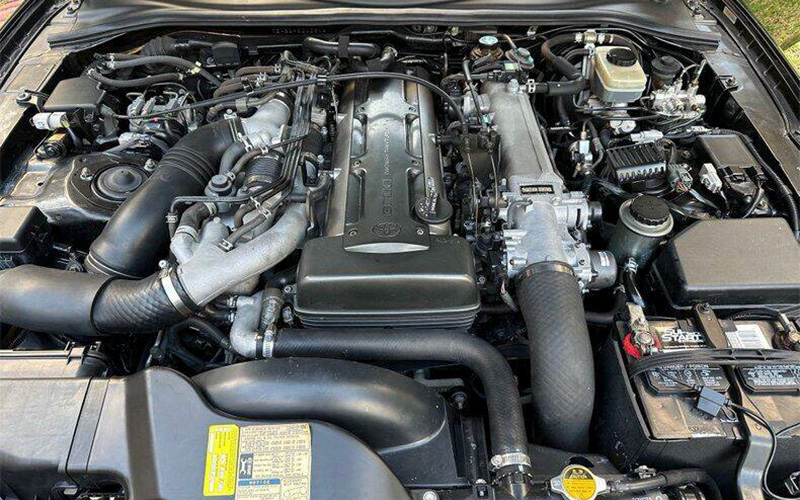
When you ask most people, including Uncle Scotty, what makes Toyotas reliable, they’re going to tell you Toyota over-engineers their cars and components. That is very much true. Take the legendary 2JZ inline-six engine as an example (though there are many Toyota engines we could mention here). The 2JZ was, even in twin-turbo form, rated to a sane and reasonable 275 horsepower, but the cast iron block was engineered to withstand way more than the factory boost, as many 1,000-plus horsepower tuner Mk IVs have demonstrated. The names of the Hilux and Land Cruiser are second to none when it comes to reliability and much of that comes down to how bullet-proof those vehicles’ components are.



